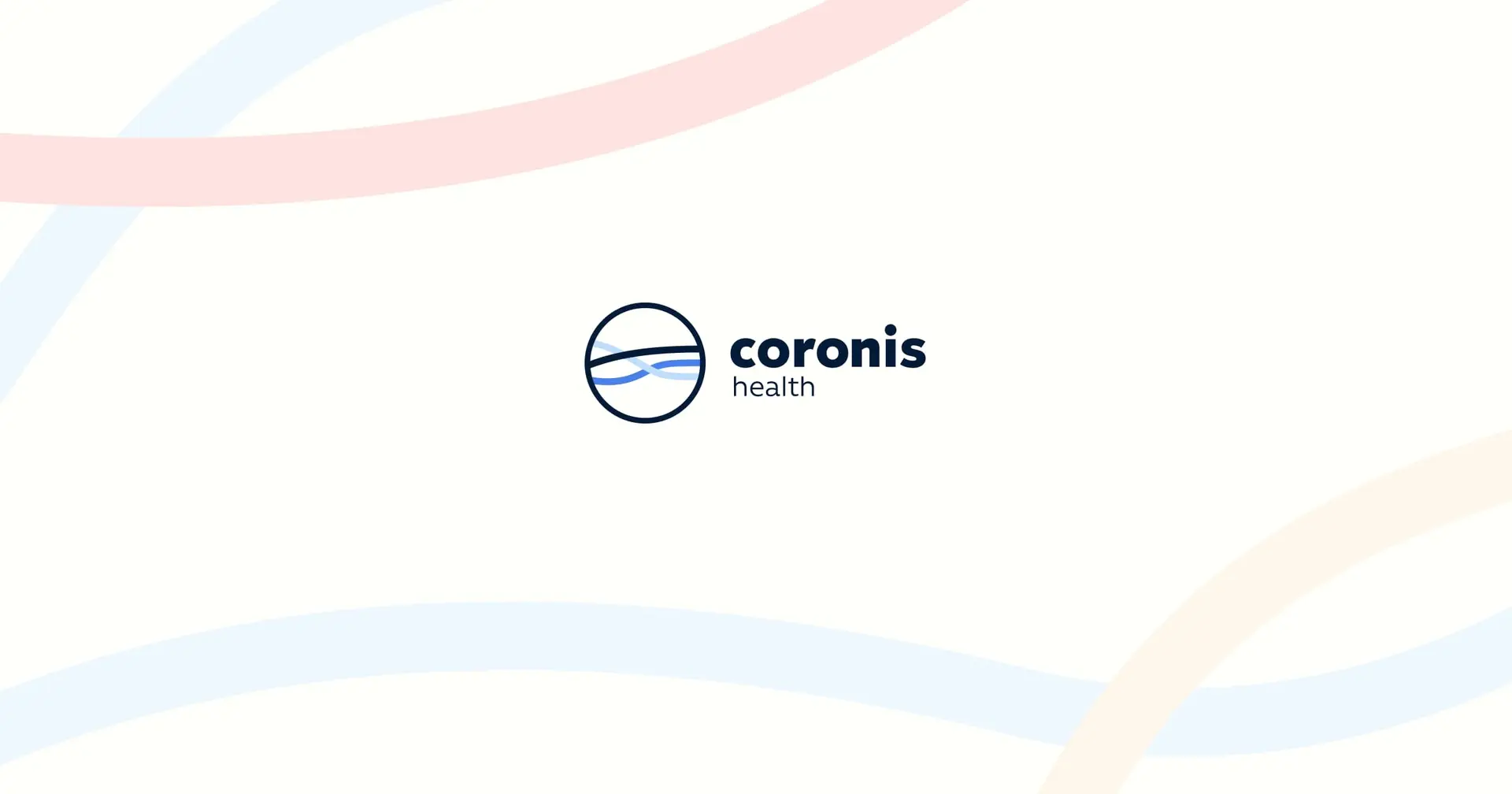Taking a thoughtful approach to planning ahead can help a practice withstand the volatility of unavoidable economic changes. Making the right changes can let practitioners focus more on providing optimum patient care while relieving staff and others of administrative tasks that are better outsourced – such as medical coding and billing as well as other aspects of RCM.
At the start of the COVID-19 pandemic, practices had to scramble to learn to triage and implement processing workflows, such as whether to assign in-person or virtual care. Taking some lessons from those early days, most practices are now incorporating them as permanent, standard procedures.
Below are a few suggestions for coping with the inevitable shifts in staffing needs experienced by many practices and hospitals:
list should start here
- Start with time studies to determine how much time is needed per patient for essential office functions, based on full schedules.
- Reduce administrative burdens for staff, freeing key employees for more crucial tasks by encouraging flexibility and developing multiple skills. Front desk staff¸ for example, can be cross trained to help manage the accounts receivable (A/R) duties, and eventually share the job of tracking and collecting aging receivables.
- Use technology solutions to enable non-clinical staff to work more effectively from home, if possible, while your practice operates more efficiently with less office space. Offering more employee flexibility through online self-scheduling combined with a patient portal and EHR may be one solution to reducing front-office staff. An advantage to remote work is that you can cast a wider net, if necessary, in finding qualified candidates for administrative and back-office roles, as you are not limited to one geographic area.
- Shift PAs and nurses to tasks supporting population care management and health, such as reaching out to patients, closing care gaps and monitoring patients with chronic conditions. If you’ve already reduced non-clinical office staff, your remaining in-office as well as clinical employees can spend more time with patients and less time sorting through paper files.
- Adapt a variety of telehealth solutions to integrate with EHR and practice management systems. Increase your practice’s focus on improving care management as value-based payment models become the norm. Focus more on care planning, patient education as well as monitoring strategies for adherence to treatment plans.
- Reduce time wasted on paper-pushing and optimize workflow by going paperless as much as possible. Patient charts and referrals are among the paper documents that can be subject to errors and create work backlogs. By replacing a paper fax, for example, with solutions that are cloud-based and digital, your office can speed processing and reduce errors.
- For telehealth options, look for solutions that closely integrate with existing administrative systems, including EHR. When a patient is considered ready for virtual visits, for example, your telehealth software should be able to automatically notify the EHR as well as the rest of the practice management systems. Doing so can reduce the administrative burden on your staff as well as more accurately reflect a patient’s care status in real time.
- One caveat is that while the rate of adoption of an EHR system is good overall (approximately 95%) in most practices and hospitals, the rate of integration and interface with other systems is usually poor to fair. Integration, then, is the key to successfully adopting an electronic records system and making it work for you, your patients, and your staff.
- If your practice or group owns the building based in, you can reduce operating expenses while creating a secondary stream of income by leasing space out to other practices, particularly those which complement yours. As an example, a primary care physician might want to offer space to a licensed social worker or clinical behavioral specialist.
- As a physician, one major benefit to streamlining your practice’s efficiency is that you will be able to spend more time caring for more complex, higher-needs patients. Note that this also coincides with updates to the physician fee schedule from CMS, encouraging more time spent with patients as well as cresting more flexibility in documenting requirements for Evaluation and Management (E/M).
- Paperless workflows minimize the disorganization and medical errors and miscommunications resulting from handoffs between care transitions with differing care settings. It may surprise you to learn that, on average, one in three hospitals use at least four different methods to (manually) receive patient care records. Going with an electronic records system can greatly reduce errors, increase the speed of transmittals and boost staff productivity. Working with a reduced office staff means optimizing all aspects of the workflow, including EHR.
- If your practice is smaller and hosts its own EHR, practice management and billing software, you may wish to determine whether it’s really cost-effective to continue maintaining servers and other peripherals and switch to cloud-based or outsource those functions not central to practicing medicine, such as coding, billing and collections
- abc
list should end here
Better yet, turning those coding, billing, credentialing and related revenue cycle management tasks over to a trusted third party, such as M-Scribe Technologies, LLC, can help increase your collectable revenues from all payers, including patients, while keeping your back office billing, coding and other staffing expenses under control.
Since 2002, we’ve partnered with thousands of medical practices and organizations of all sizes and specialties, with our experience and technology to help them grow their practices through sending out accurate clean claims, turning denials into payments, credentialing new providers and enhancing all phases of RCM.
